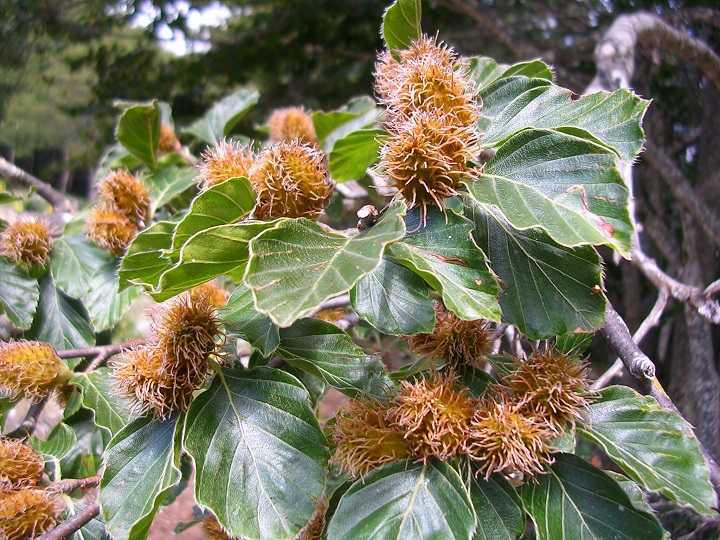Understanding the timing of masting is crucial for successful management and conservation efforts in ecosystems dominated by masting species. That’s why understanding the mechanisms behind masting and developing forecasting tools for seed production is urgently needed. In our recent New Phytologist paper we evaluated the predictive capabilities of three models—foreMast, ΔT, and a sequential model—in forecasting seed production in trees. By utilizing a comprehensive pan-European dataset of Fagus sylvatica seed production, we tested these model’s abilities to recreate past seed production dynamics, and identified dimensions that work well and gaps. One key finding from our study is the influence of high-quality data on prior seed production on the model’s predictive power. Incorporating good-quality data enhances models’ predictive power. This underscores the importance of implementing effective methods to monitor seed production, as they may serve as the foundation for developing accurate forecasting tools. While our models exhibit moderate success in predicting seed production dynamics, they are better at forecasting crop failures rather than bumper crops. The factors that reduce seed production are better understood compared to those responsible for large reproductive events. We acknowledge these challenges and present a roadmap to drive the discipline forward and encourage further advancements in mast forecasting.
New Phytologist: Mast-casting

